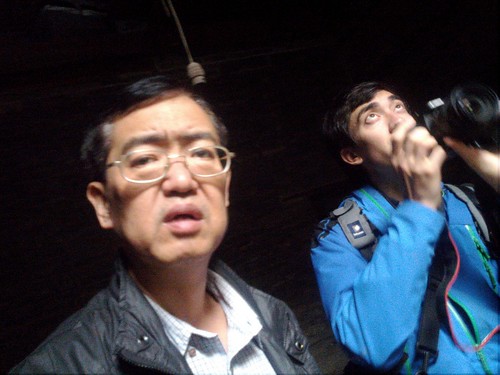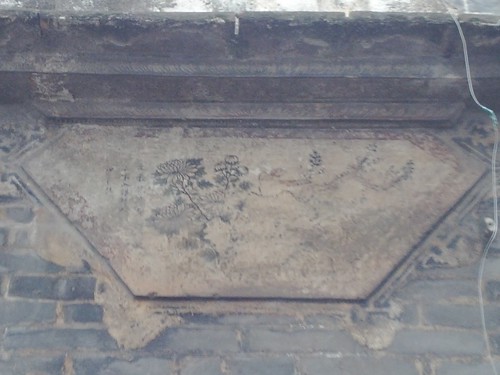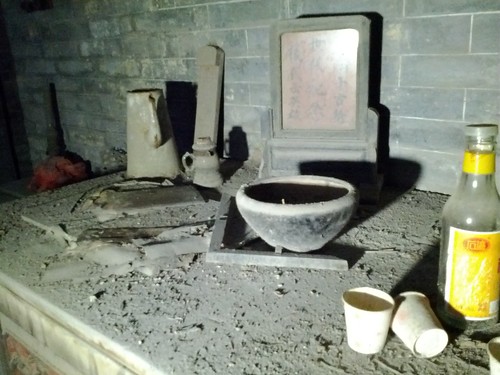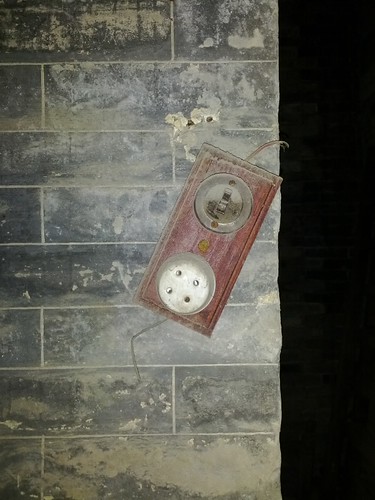My French cousin Olivier was in Hong Kong, so we decided to go up together to our ancestral village of Ge’an (葛岸村/Got’ngon in Cantonese), up in the Pearl River Delta, just kilometers south of Guangzhou (Canton). Ge’an is now completely gobbled up by the city of Foshan (佛山市/Fotsan), a satellite of the provincial capital. It is in Lecong Town (樂從鎮) of Shunde District (順德區/Shundak) in Foshan City.
I visited our village for the first time in 2005, and more recently talked about it on this blog back in 2008. The town changed a lot in 6 years, and so did I. I didn’t live in South China and my Cantonese was not up to today’s level. I couldn’t properly communicate with Uncle Chi Tong (my dad’s cousin). For instance, I only fully understood this time around that this uncle, who was slightly younger than my dad was actually born here. He immigrated to Madagascar before turning 2, and grew up in Hong Kong afterwards.
My grandpa was apparently the more adventurous one, of the two brothers who lived under this house. Uncle Chi Tong’s father stayed in China until the mid-1950s, before joining his brother in Tananarive (now Antananarivo), Madagascar, to operate in the grocery store business.
Our family later left Madagascar entirely. The younger brother (my paternal grandfather) joined my dad in Canada. The older brother went to Hong Kong. Unwittingly, my mom’s family also comes from the agglomeration of Foshan, but after passing through Vietnam…
My cousin initiated the trip, because he had never travelled to China before, let alone visit his ancestral village. My impressions was that the house will one day crumble, but that it was very well preserved despite not having anyone live there for about half a century (maybe squatters?). The home even had some wiring for electricity, so it may have been less than half a century.
So, we went inside the house, and unlike last time, even ventured on the top floor. We must say that the house is in pretty bad shape, and that the walls are cracking all over the place. Non-renovated wood floors in subtropical climate equals accelerated decay. There were pots stored, chairs and other simple furniture like stools and some chairs and drawers. I thought we should’ve taken something, because we wouldn’t have a chance to go back soon. But we didn’t, perhaps too busy taking photos.
The house could’ve been anymore, since there were no indication that it was ours, except that we knew the address. But we picked up some pieces of paper from my uncle’s parents’ drawers clearly identifying our family. There were letters to Tananarive that were never sent (the address on the envelope was in French! Which is probably pretty neat for South Chinese peasants of the time), my grand-aunt’s talc powder and some of my uncle’s official papers (he was surprised to find them too) with passport-size photos of his family members.
Also, we found dog shit all over the place, and there were some small paper cups left near a bottle of moonshine. There were also construction materials left near the house’s entrance, perhaps by workers who thought the house abandoned (as it was so).
Surely now with the improved state of public transportation in the region, we could find our way back there pretty easily. A metro line was just built between Guangzhou and Foshan, and the travel time between Central in Hong Kong to Foshan a tiny two hours, if you don’t count the time at the border and waiting between trains. Yep.






